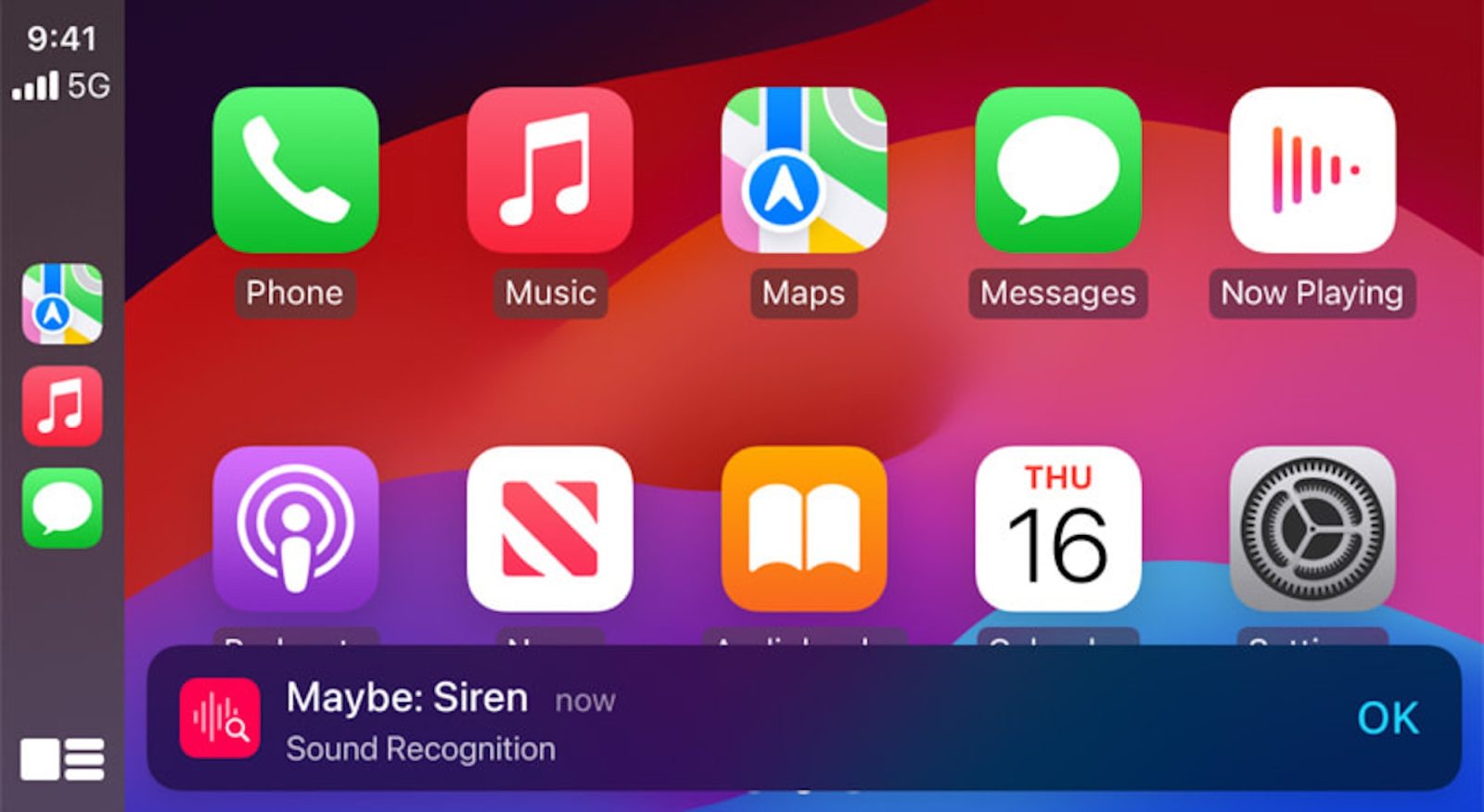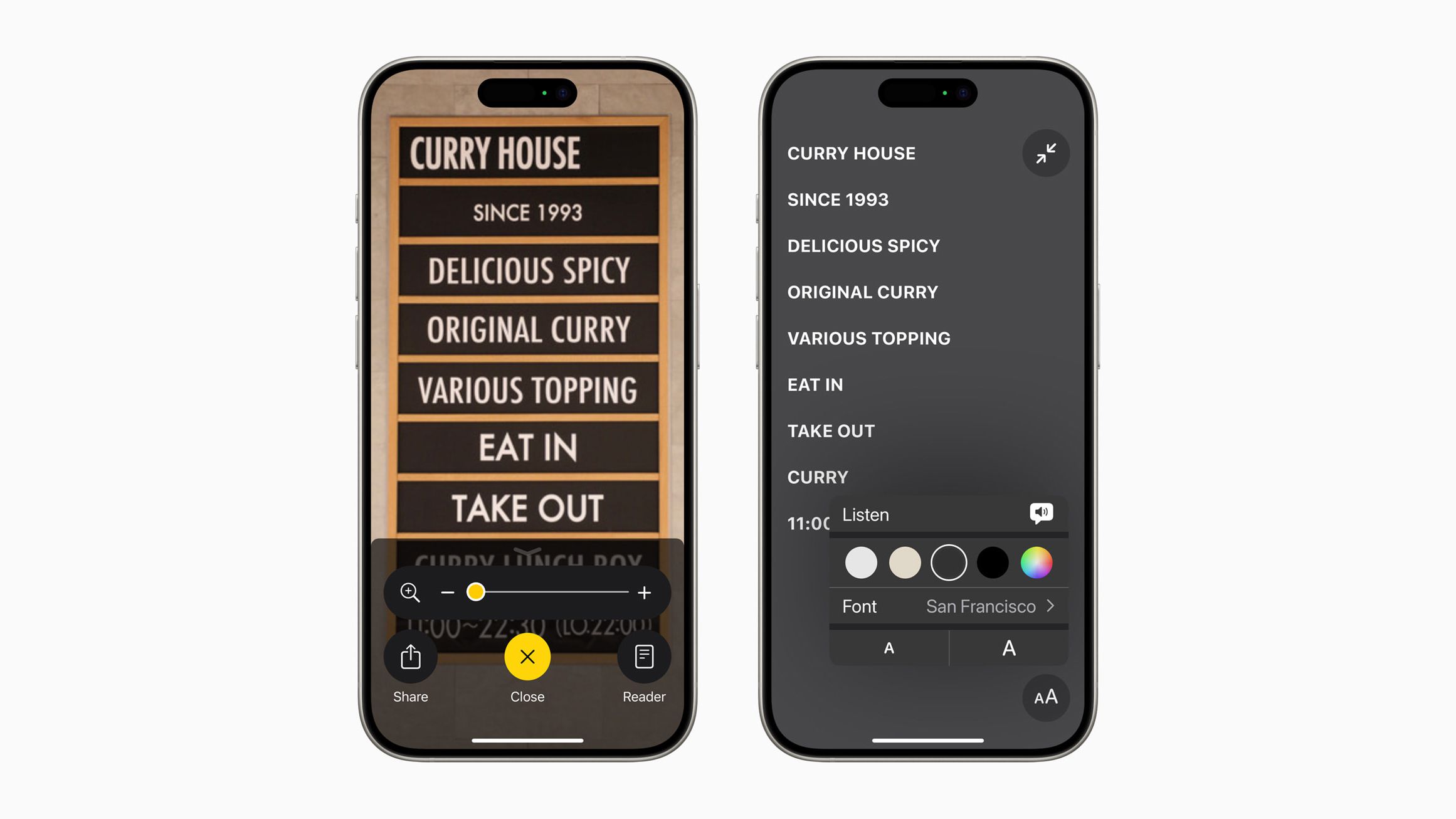Apple, the technology giant, recently announced a series of new accessibility features during its annual Worldwide Developers Conference (WWDC). Among these innovations are Eye Tracking, Music Haptics, and Vocal Shortcuts. These features aim to enhance the user experience for individuals with various disabilities or those seeking alternative ways to interact with their devices.
Firstly, Eye Tracking is a groundbreaking feature that allows users to navigate their iPad or iPhone using only their eyes. This technology uses the device's front-facing camera and on-device machine learning algorithms to detect and follow the user's gaze. Once set up, users can control various functions on their devices by looking at specific areas of the screen.
Secondly, Music Haptics is a new way for users who are deaf or hard of hearing to experience music through vibrations. This feature uses the Taptic Engine in iPhone to produce different types of haptic feedback that correspond to various aspects of the music, such as beats and melodies. Developers can also integrate this technology into their apps using a new API.
Lastly, Vocal Shortcuts is an accessibility feature that enables users to assign custom sounds or phrases to perform specific tasks on their devices. This functionality can help individuals with motor disabilities or those who have difficulty speaking to interact more efficiently with their devices.
Apple's commitment to accessibility goes beyond these new features. The company also announced improvements for its Magnifier app, which now includes a Reader Mode that converts text in images into editable and readable text. Additionally, the Detection Mode of the Magnifier app can identify and read aloud all text within an iPhone's camera field of view.
These new accessibility features are expected to be released as part of iOS 18 this fall. Apple's developers conference, WWDC, took place on June 10, and the update should be widely available in September.
Apple is not alone in its efforts to make technology more accessible. Companies like Google and Amazon are also investing heavily in accessibility features to cater to a broader audience. For instance, Google's Project Relate focuses on speech recognition technology, while Amazon's Speech Accessibility Project aims to improve text-to-speech capabilities for individuals with disabilities.
In conclusion, Apple's new accessibility features demonstrate the company's dedication to making technology accessible to everyone. With Eye Tracking, Music Haptics, Vocal Shortcuts, and other improvements like the Magnifier app's Reader Mode and Detection Mode, Apple is paving the way for a more inclusive digital world.

:no_upscale():format(webp)/cdn.vox-cdn.com/uploads/chorus_asset/file/25449138/motionsickness.gif)

